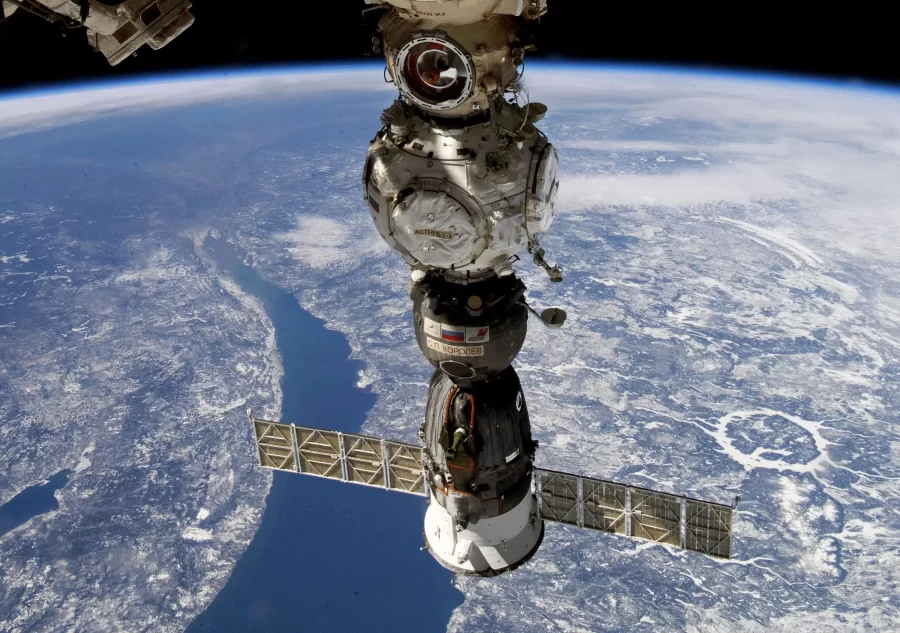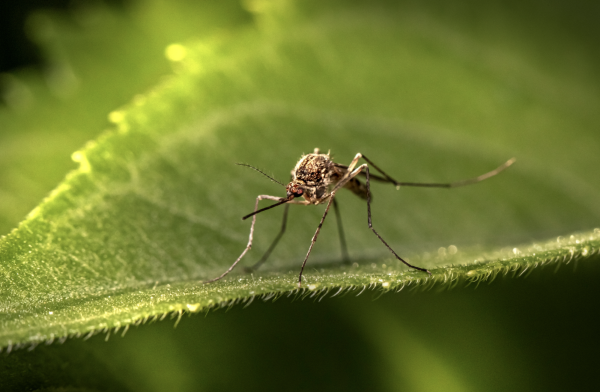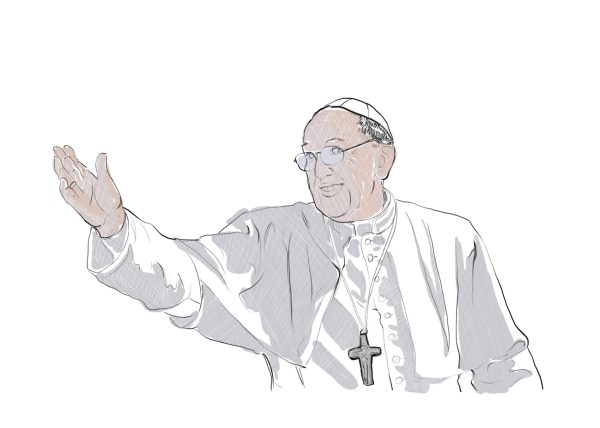Russia Is Isolating Itself Again, This Time In Space
Russia has left international space organizations and charted out a solo program, dismissing cooperation.
One of the lesser talked about impacts of the war in Ukraine is that it has undermined international cooperation in space, notably with Russia. Since the beginning of the war, Russia has withdrawn from international space endeavors to focus its space program, Roscosmos, on more solo, military launches instead of commercial launches with international partners. At the same time, it has continued to fight the war in space as well as on the ground while other international space programs try to help Ukraine from orbit. The future of Russia’s space program seems to be set on an isolated path, both to the detriment of itself and to space exploration worldwide. Missions set to be carried out on Russian craft have been delayed, and several programs who once partnered with Russia have reevaluated their cooperation.
During the battle of Kyiv last February, SpaceX began to supply Ukraine with Starlink satellites to provide nationwide internet access to combat mass internet outages in Ukraine and to assist strategic planning. Just over a month after the first shipment of Starlink terminals arrived on February 28, both SpaceX and the United States Agency for International Development shipped 5,000 terminals to provide service for all of Ukraine. The head of Roscosmos at the time, Dmitry Rogozin, condemned Elon Musk and stated that “[Musk] will be held accountable like an adult — no matter how much [he’ll] play the fool” for “supplying the fascist forces in Ukraine with military communication equipment.”
In addition to threats against Musk and SpaceX, Rogozin also issued an apparent threat to the International Space Station in response to the sanctions imposed by the US on Russia. Rogozin claimed the sanctions on Russia could end cooperation between Russia and the rest of the world, saying “[if] you block cooperation with us, then who is going to save the ISS from an uncontrolled descent from orbit and then falling onto the territory of the United States or Europe? … The ISS doesn’t fly over Russia, so all the risks are yours.” His statement implies that sanctions from the US could lead to the rapid de-orbit of the space station, which currently poses no threat of occurring without interference. Rogozin has been removed as head of Roscosmos due to these comments and has been replaced by Yori Borisov, who has been more tame in handling international relations in space. Despite his calmer tone, Borisov still believes Russia cannot cooperate with the rest of the nations involved in the ISS. In fact, he planned for Russia to depart from the ISS completely in 2024. However, the departure was recently delayed to 2028, just a few years before the ISS is to be decommissioned after 2030. The pushed back date is likely due to delays, caused by international sanctions, to the development of Russia’s own space station. The ISS remains one of the only ways Russia has stayed involved in international cooperation, and once either the nation withdraws or the station is decommissioned, Roscosmos’ future may be bleak.
In addition, Roscosmos’ development of the Soyuz 5, a new orbital launch vehicle (not to be confused with the Soyuz capsules), has been hit quite hard by the sanctions imposed on Russia. This has had devastating repercussions for the nation’s space program. Roscosmos had initially planned for test flights of the launch vehicle to commence in 2022, however in 2023 the rocket is still only being designed as development has slowed to a crawl. Russia has partnered with Kazakhstan. The two countries plan to adapt Launchpad 45 at the Baikonur Cosmodrome in Kazakhstan for potential launching of the upcoming Soyuz 5 rocket. As well as the slow development of Soyuz 5, the withdrawal of many European countries and the US from cooperation with Roscosmos following the Russo-Ukrainian war has left the payload of Soyuz 5 relatively empty, diminishing its ability for commercial revenue. This lack of profitability paired with the lag of Soyuz 5 progressing slower than other launch vehicles eventually led to concerns from Kazakhstan regarding their partnership with Russia. The tipping point came with the non-fulfillment of Russia’s end of an agreement to test the environmental impacts of the Soyuz 5 launches from the Cosmodrome. The slow development of Soyuz 5 and sanctions on Russia made Roscosmos unable to afford to conduct these tests as they are government funded. In March, Kazakhstan reportedly sued Roscosmos’ Centre for Operation of Space Ground-based Infrastructure, or TsENKI, for $30 million and seized all of their ground based equipment, banning Roscosmos from removing any of their assets from Kazakhstan and putting the $1 billion already invested into the development of Soyuz 5 at risk. Kazakhstan has always been close in Russia’s sphere of influence; however the Cosmodrome lawsuit marks the beginning of further independence between the two nations as Russia’s influence shrinks.
The overall decline of Russia’s space program has also been seen in other areas recently, notably in two ships docked to the ISS—the crew module Soyuz MS-22 and the Progress MS-21 cargo ship. In the past 4 months alone, both vessels sprung coolant leaks and were forced to undock from the ISS. This caused major delays for their program, such as canceling a planned spacewalk. Both incidents were ascribed to external impacts on the vessels in the form of micrometeoroids, dust-sized particles capable of doing significant damage in space. While micrometeoroids are a distinct threat to spacecraft, the chances of an impact in low Earth orbit are quite rare. While the causes of both leaks remain unconfirmed, two unknown failures so close in proximity could point to issues on Roscosmos’ side rather than a natural phenomenon, especially as the Soyuz capsules have remained relatively unchanged since their debut in the space race. While the Soyuz worked to get the first man in orbit in the ‘60s, the future may demand more from it than Russia can currently afford.
This deterioration could be attributed to the apparent shift of focus of Roscosmos from civilian and commercial space flight to a heightened military space program due to their international standing in the aftermath of the war in Ukraine. This shift, in addition to the withdrawal of Russia from many international endeavors, has had a significant impact on the number of launches of satellites from Roscosmos. Before the conflict, in 2021, 339 satellites were launched from Russia, 302 of which were commercial launches for 18 other countries. After the beginning of the Russo-Ukrainian war, however, that number dropped a staggering amount to 49 satellites launched since the invasion in February, with only one of them being a commercial launch and many being military satellites. Furthermore, in the past couple of years, several space agencies have been lessening their dependence on Russia for launches. From the discontinuation of space shuttles in 2011 up until 2020, Roscosmos’ Soyuz vessels were the only vessels bringing NASA astronauts to and from the International Space Station. Other programs, such as the European Space Agency (ESA), have been finding new launch systems to carry out missions, such as the in-development Ariane 6 launch system. China as well, while having announced in 2021 a joint Russian-Chinese mission to build the International Lunar Research Station, did not mention Russia when looking for partners in upcoming lunar missions.
While it has debilitated Russia’s space program, Russia’s commercial withdrawal has also had a significant impact on other nations’ programs. In addition to the past dependence on Soyuz for transport to the ISS, other space programs relied on Russian launch vehicles to carry their payloads until the beginning of last year. Despite claiming it would continue cooperation with Russia, ESA has started to completely abandon the nation which had provided them with Soyuz rockets for many missions and instead looked for other launch vehicles. One notable result of this is the delay of the rover for the ExoMars mission, which was originally slated for a launch last year. The mission’s goal is to search for life on Mars, which it would do using an orbiting satellite and rover. ESA had planned on using a Russian launch vehicle to carry the rover to Mars. However, due to the strained relationship with Russia, the launch was canceled and ESA sought another launch provider. Due to the tight launch windows for a mission to Mars, the mission has been delayed until 2028.
Other ESA missions have also been impacted. The joint Japanese-European EarthCare satellite, which would study the effect of clouds and aerosols on reflecting radiation from the Earth and Sun, and the HERA probe, which would document the aftermath of the DART mission last year – a mission that sent a satellite crashing into a nearby asteroid to test methods of protecting our planet from asteroids – were planned to launch on Russian vehicles and have since been moved to Arianespace’s Vega C rocket and SpaceX’s Falcon 9 rocket respectively.
The change in these missions shows a shift away from Russia as ESA’s go-to for many missions. The scramble for new launch providers may prove to be difficult for several missions, as Arianespace’s Vega C has been facing failures and development of the Ariane 6 continues to be delayed, leaving just not enough launch vehicles for everyone hoping to bring their payloads to orbit.







